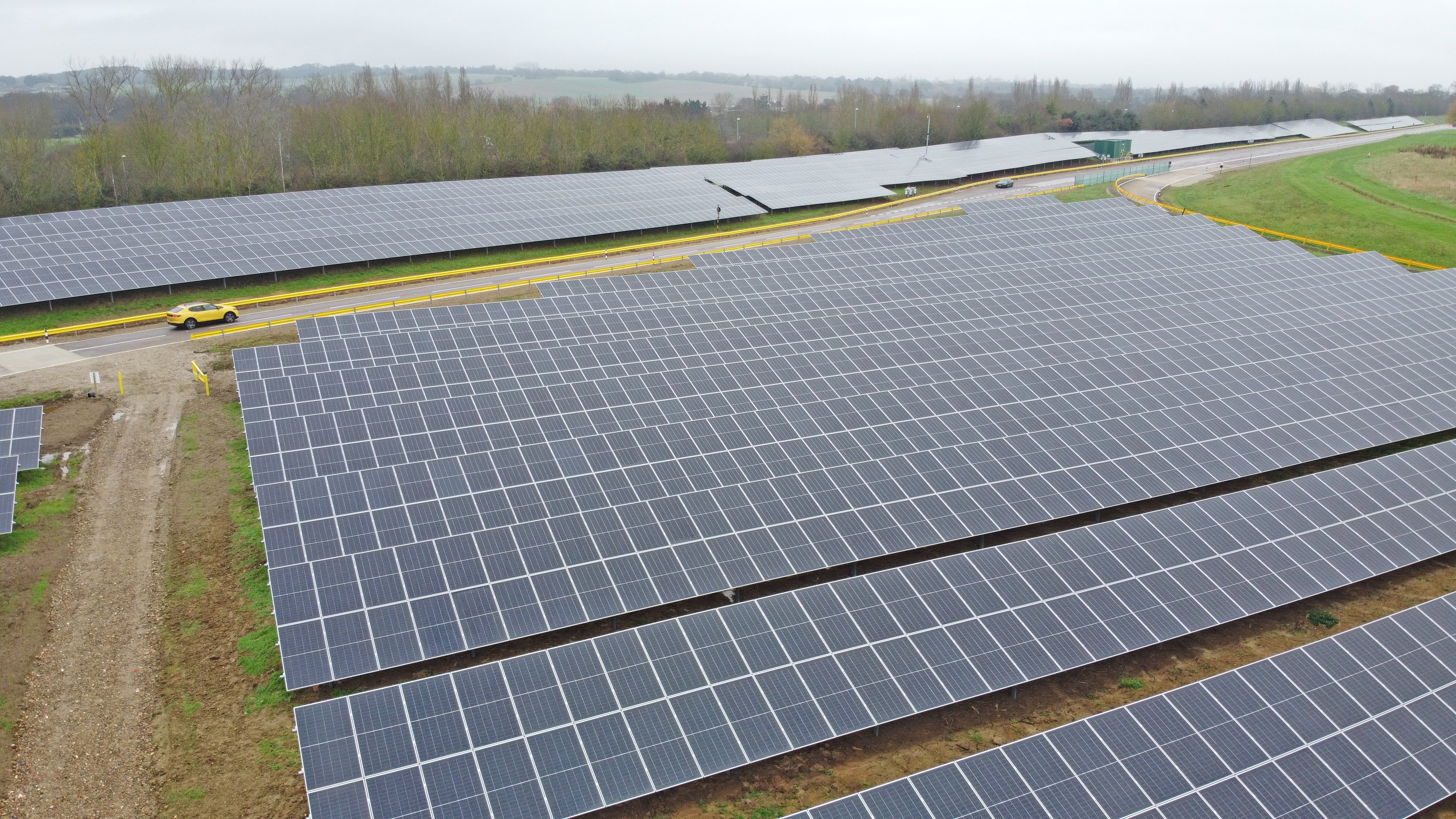Speaker Jukka Ala-Mutka at Solnet Group’s 10th Anniversary Event. This article summarizes the speech delivered by Jukka Ala-Mutka.
Jukka Ala-Mutka has extensive experience founding and leading AI teams. He has served as the AI leader for the publicly listed company Admicom and built scalable AI infrastructure to support the company’s growth goals and accelerate business transformation. In his speech, Ala-Mutka emphasized that AI is not just a technology but a strategic opportunity that requires new thinking and a cultural shift, both in businesses and society. AI must be managed through people and business operations, not solely in terms of technology.
The Speed and Democratization of AI Development
While AI and various machine learning models have existed for a long time, applications like ChatGPT have recently made AI more familiar and accessible to the public. There are now more model options available, and different use cases employ different AI models. For instance, generative models, deep learning networks, and statistical models offer tailored solutions for various industries.
Today, AI no longer requires massive amounts of data for training—AI can learn from smaller datasets. In the past, AI projects could take 6-12 months and use millions of data points. That’s why AI has been widely adopted in e-commerce, where one of the most common applications has been recommendation algorithms that suggest additional products to visitors. Now, predicting equipment failure in a production facility can be done with just a few hundred use cases. This broadens AI's applicability across industries with limited data, opening doors, especially for small and medium-sized enterprises that can utilize AI without large investments in data collection.
AI Opportunities in the Real Estate and Construction Industry
Sustainability is a key part of the opportunities AI brings to the built environment. With data and AI, we can make better and more informed decisions. AI can support these decisions by optimizing processes and eliminating waste. Data and AI support more sustainable business practices, as AI helps reduce environmental impact and increases energy efficiency. AI-based models can also integrate energy production and consumption models to achieve overall optimization, such as energy storage and transfer in the most efficient way possible.
In the built environment, AI brings new possibilities for the design, construction, and maintenance of buildings. Ala-Mutka gave an example of construction estimation: AI can complete the calculations for an apartment building in a few minutes, a task that used to take a week. This increases productivity and frees up resources for other tasks. Additionally, AI can optimize various phases of the construction process and provide real-time project information, reducing delays, errors, waste, and costs.
New Data-Driven Business Models
AI also enables new business models around energy production and consumption. Predictive models help optimize energy production and anticipate consumption, opening up possibilities such as developing electric vehicle charging services and pricing models or creating distributed energy storage networks. These distributed storage units can balance grid loads and store excess energy when production and storage are cost-effective, making the energy infrastructure more resilient to fluctuations in supply and demand.
The Shift in User Interfaces
Ala-Mutka also highlighted how software interfaces are undergoing radical change. Traditional graphical interfaces are partly giving way to chat-based applications that can be used in users’ native languages. Many applications can now be operated by voice alone. For example, in the gaming world, AI has already created 3D environments that allow for gameplay without actual coding. This change impacts not just gaming but also enterprise software and ERP systems. AI can visualize data directly from a database to meet users' needs without requiring reporting systems, simply by asking AI to generate the desired data visualization.
Challenges and the Talent Shortage in AI Development
Despite the rapid development of AI, there are also challenges. Ala-Mutka stressed that the talent shortage is one of the biggest barriers to the widespread and fast adoption of AI. Data specialists are particularly in demand, but there is a limited supply. Successfully leveraging AI requires aligning corporate strategy with AI strategy and building interdisciplinary teams that understand customer needs and can develop scalable technologies. In addition, utilizing AI requires investments in infrastructure, such as data collection and management, and ongoing employee training.
Effectively utilizing AI now requires companies to have the courage to make strategic decisions and commit resources to long-term development. Ala-Mutka emphasized that, in addition to technical skills, companies need the ability to see AI as part of their business strategy. Interdisciplinary collaboration that combines business expertise, technical understanding, and customer perspective is key to the successful use of AI. Companies that want to harness AI effectively need to build the infrastructure that enables scaling AI solutions from prototypes to multiple use cases.
Is Data the New Oil or Not?
Many say that data is the new oil, but Ala-Mutka disagrees. He compared data to a seed: a seed on its own is not valuable, but in the right environment, it can grow and produce multiple benefits. Data is a renewable resource, and its value grows when it is analyzed and combined with other information. Data is not useful on its own; its value arises when it is used and refined. It can be utilized in predictive maintenance or in smart supply chains that adapt in real-time to changing situations.




